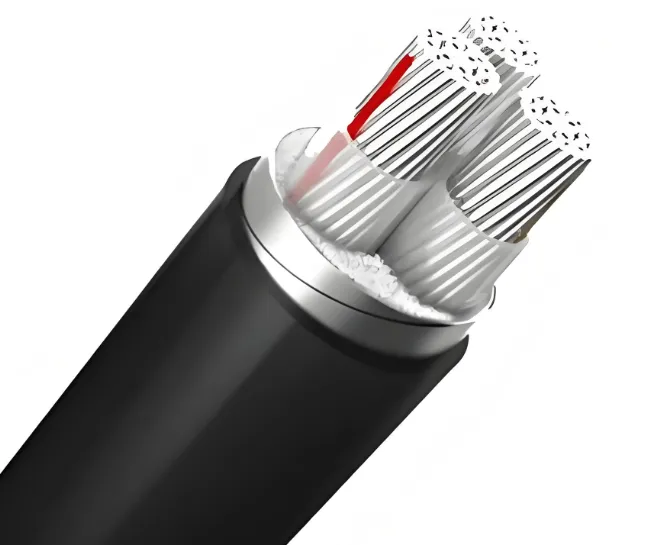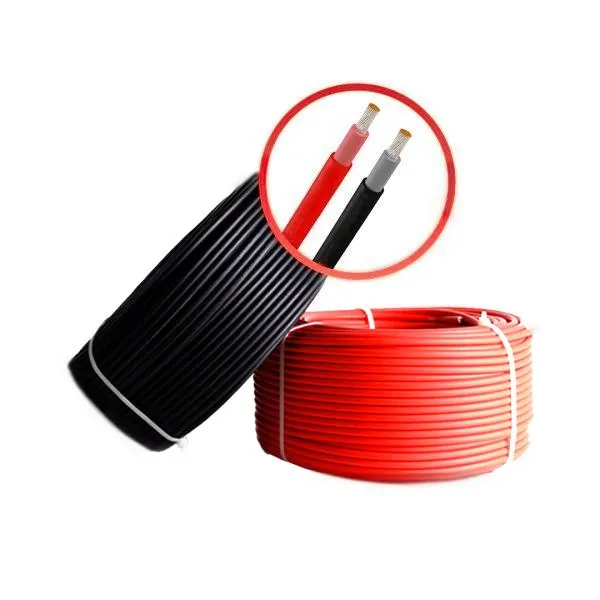Time: 2025-04-15 13:43:33 Source: Henan Province Jianyun Cable Co., Ltd.
Power cables are designed to transmit electrical energy, often at high voltages, to power devices, buildings, or entire grids. They are classified based on voltage ratings and applications:
Power cables are like the highways of electricity, delivering energy where it’s needed most.

Communication cables transmit data signals, such as voice, video, or internet data, and are essential for telecommunications:
These cables are the messengers of the digital world, carrying information across vast networks.
Control cables transmit low-voltage signals to control and monitor equipment in automation systems:
Control cables act like the nervous system of machinery, ensuring precise operations.

Solar cables are designed for photovoltaic systems, connecting solar panels to inverters and other components:
Solar cables are the lifelines of renewable energy, built to withstand harsh outdoor conditions.

Coaxial cables have a central conductor surrounded by a shield, used for high-frequency signals:
Coaxial cables are like shielded tunnels, protecting signals from interference.
Fiber optic cables use light to transmit data, offering high-speed and long-distance communication:
Fiber optic cables are the speedsters of data transmission, carrying light signals across the globe.
Specialty cables are designed for specific applications, often with unique properties:
Specialty cables are like custom tools, built for the toughest and most unique jobs.
Based on the classifications above, we can count the major types of cable wires:
Adding these up: 3 + 2 + 2 + 3 + 2 + 2 + 4 = 18 distinct types of cable wires. This count focuses on broad categories and common subtypes, but within each category, there are further variations (e.g., different gauges, insulation materials), which can lead to hundreds of specific cable wire types in practice.
Cable wires come in a diverse array of types, each tailored to specific functions, environments, and industries. From power cables that energize our homes to fiber optic cables that connect the world, the 18 major types we’ve identified highlight the versatility of these essential components. Whether you’re installing a solar system or setting up a data network, understanding these classifications ensures you choose the right cable for the job, keeping systems safe and efficient.